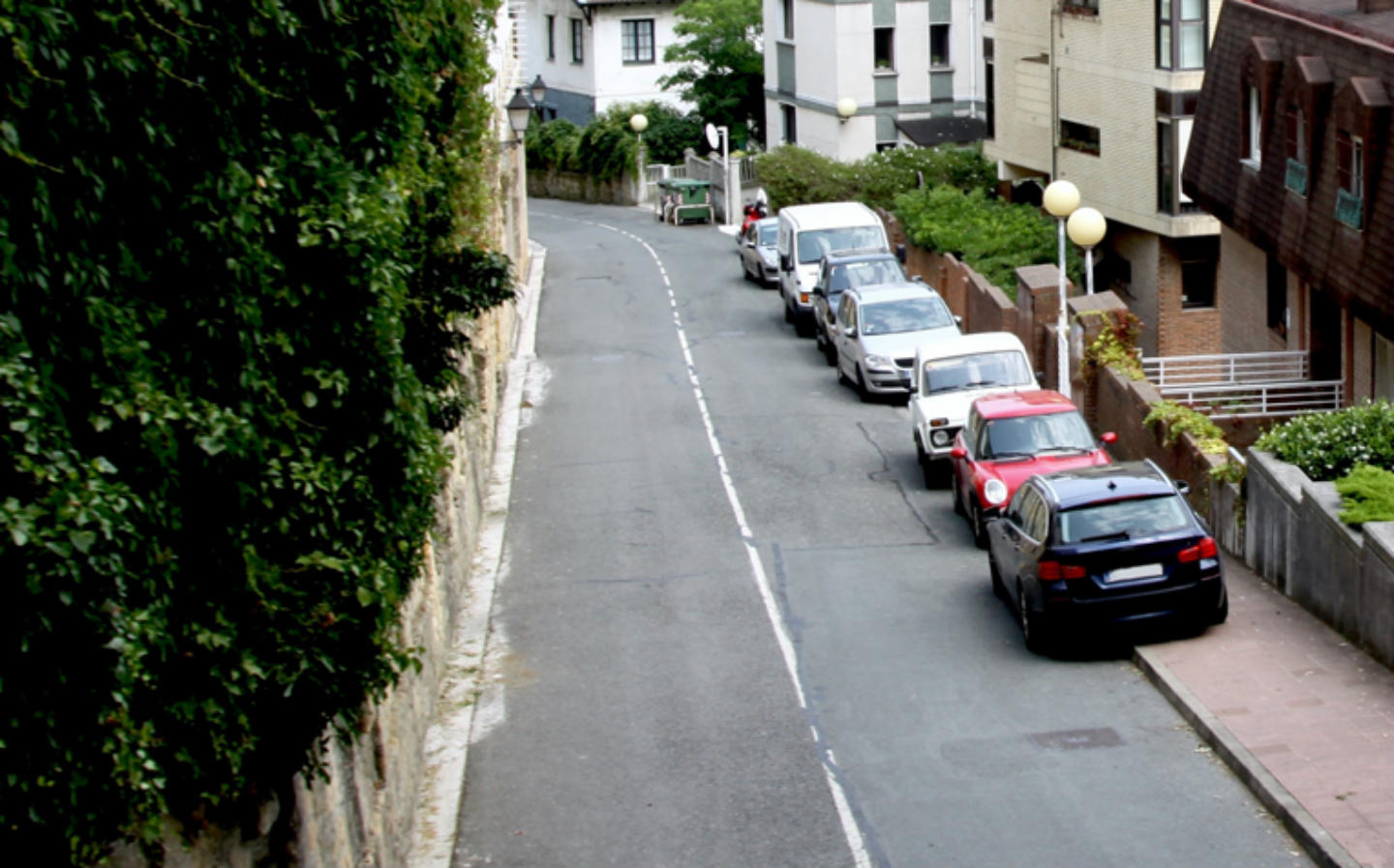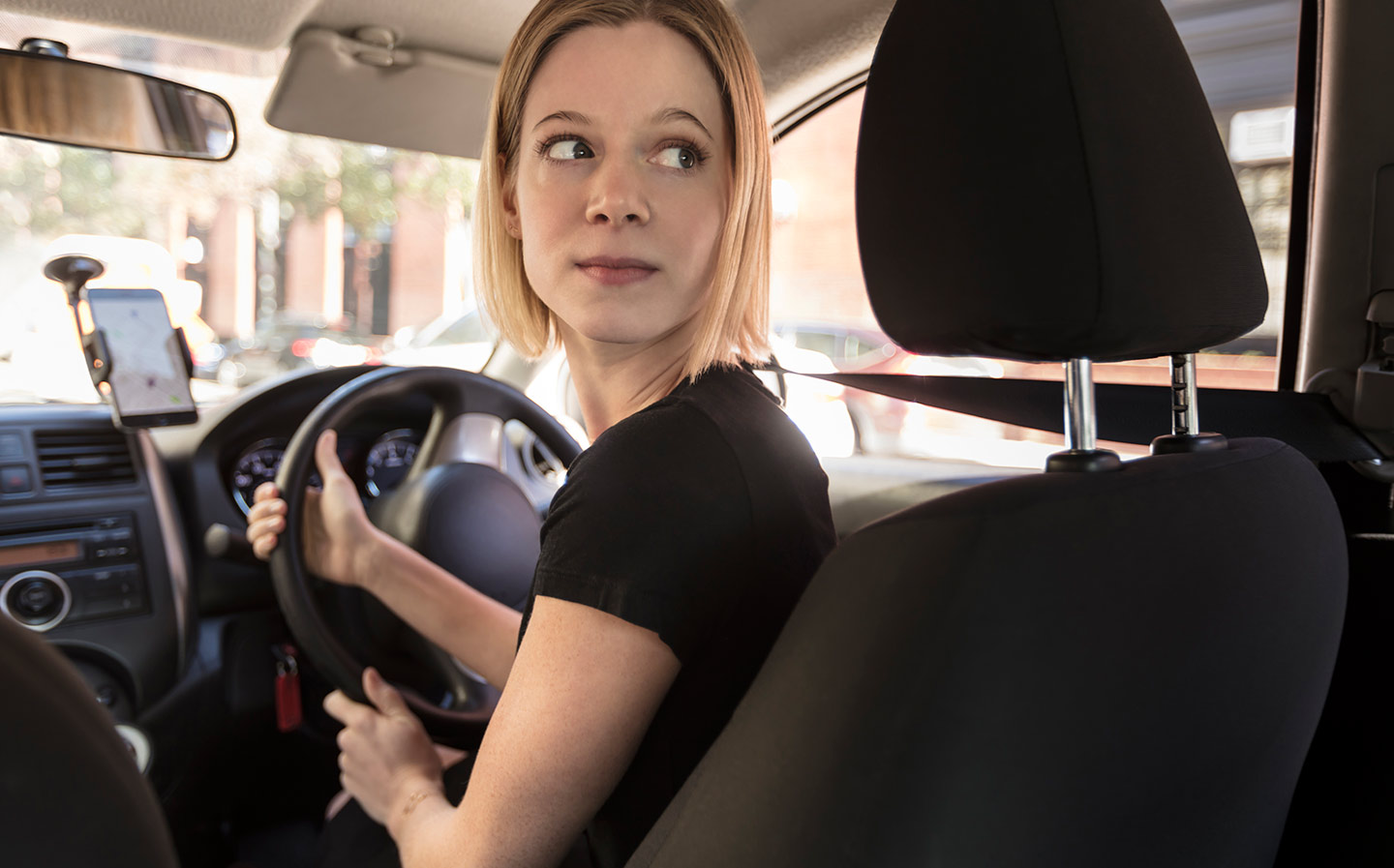How to parallel park: A step-by-step guide to parking between two other cars
Our step-by-step guide reveals all about the art of parallel parking
PARALLEL parking can be a daunting manoeuvre for a nervous motorist and is one that can strike fear in inexperienced drivers that are taking their test. But with a little practise, parallel parking means you’ll be able to park your vehicle in a small space at the side of the road, saving you the time and effort to find a larger parking spot.
What is parallel parking?
Parallel parking is a reversing manoeuvre where you back into a parking space that points in the same direction as the highway, parallel to the edge of the road.
How to parallel park (step-by-step)
- Find a suitable space
Be aware of the size of your vehicle and find a space that’s between one and a half and two times its length, preferably on the side of the road in the direction that you are travelling. Parking on the opposite side can add complications when pulling out into oncoming traffic. From here, we’re assuming that you’re parking to the left of the road.
- Stop, look around you
Come to a halt alongside the vehicle that is immediately ahead of your chosen space, leaving around a metre between it and your vehicle. Check all around you, engage reverse gear and only start your manoeuvre when you’re happy that other traffic has either passed or has stopped to let you continue.
- Reverse, then steer
Turn your head to look through the rear window as you slowly reverse. To get the rear of your vehicle pointing towards the kerb, steer towards the kerb once the back of your vehicle is level with the vehicle next to you.
- Slow and straight
Once your vehicle is at a 45-degree angle (or thereabouts), straighten the steering wheel and check your surroundings as you continue to reverse slowly. This is a critical point, because the front of your vehicle will be sticking out into the road.
- Steer the opposite way
When you’re confident that the front of your vehicle is clear of the one in front, steer to the right to tuck the nose of your vehicle into the kerb. When you’re happy that you are straight, select first gear and move forward slightly, leaving the same amount of space at the front and rear of your vehicle. When you’re satisfied, select neutral and apply the parking brake. When you’re practising, you can always get out and have a look at your handiwork, and of course don’t expect to get it right first time.
How to practise parallel parking
Quiet, wide and traffic-free residential streets are a driving instructor favourite. They have space to manoeuvre, while parked cars at the side of the road can be used as reference points when parallel parking.

Many new cars come with parking sensors or cameras and, while you won’t be allowed to use these in a driving test, they can help you to position your car within its surroundings when you’re practising.
How big is the parallel parking space for driving tests?
If you perform a parallel park on your driving test, then the instructor will want you to use a space that’s no longer than two car lengths.
Tweet to @Shane_O_D Follow @Shane_O_D
- If you found our article on how to parallel park between two other cars useful, you might also like to read how to maximise space in a car park with angled parking bays
- Find out everything you need to know about driving in Europe after Brexit
- Can you park on single or double yellow lines?





